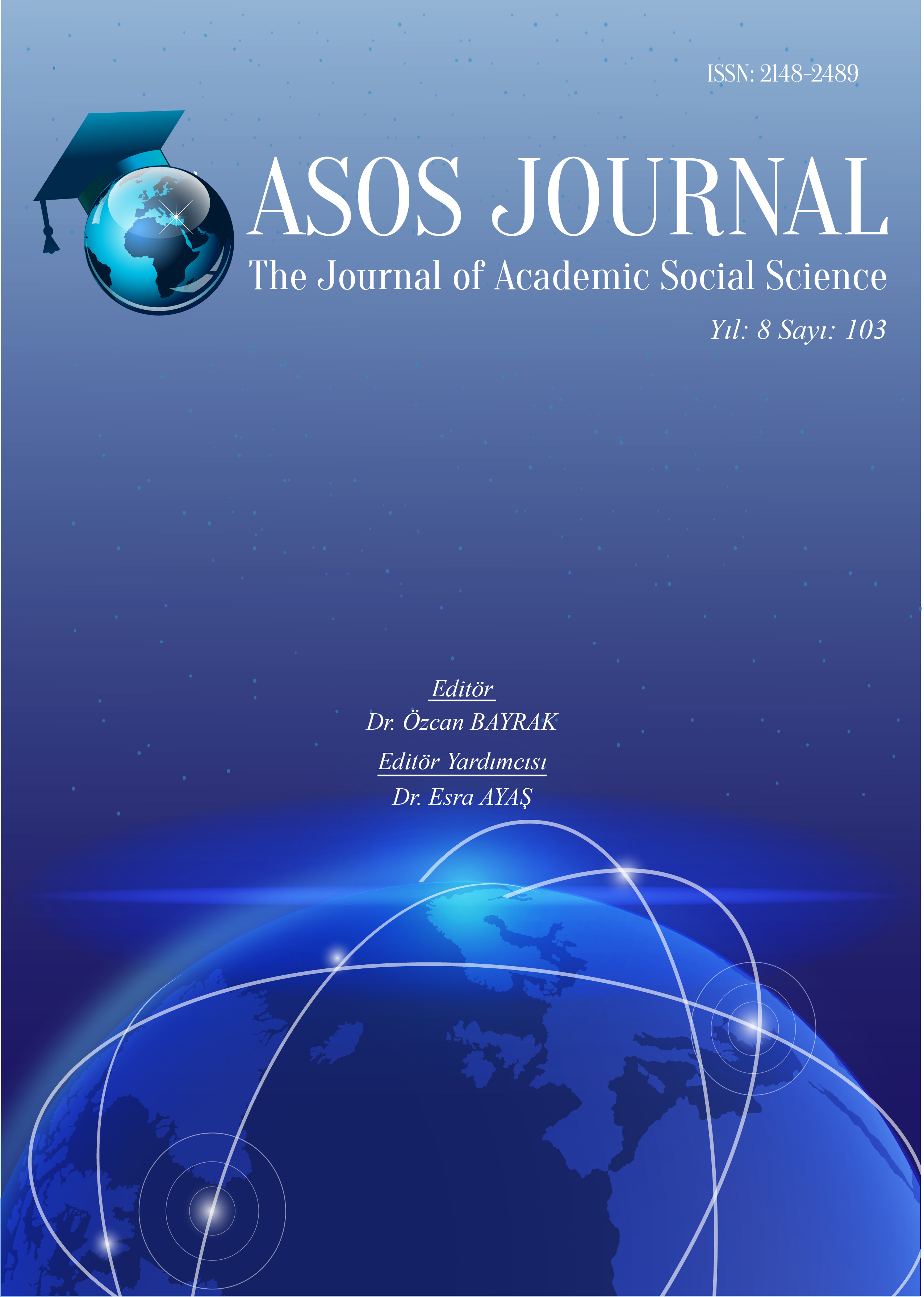Author :
Abstract
Kur'an Tefsirleri genel olarak rivayet ve dirayet tefsirleri olmak üzere iki kola ayrılır. Tefsîr-i Ebu’l-Leys Semerkandî’nin tefsîri, rivayet tefsîrleri içinde yer almaktadır. Bu tefsîr, Ebu’l-Leys Semerkandî tarafından Arapça olarak yapılmıştır. Daha sonra Türkçeye çevrilmiş olan Semerkandî’nin tefsîri, Anadolu’da tercüme edilen ilk Kur’an tefsîri olarak kabul edilmektedir. Tanıtımı yapılan eser, Kastamonu El Yazmaları Kütüphanesi 37 Hk 2900 numarada kayıtlıdır. Eserde, kitabın Numaniye Medresesinden geldiğini belirten bir not vardır. Eserin aktarıcısı hakkında açıkça bir bilgi eserde mevcut değildir. Eser, metin olarak 320 varaktır. Tefsir edilen kısım En'am suresinden Kehf suresinin sonuna kadardır. Eser okunaklıdır ve herhangi bir tahribat söz konusu değildir. Ayetler, hadis ve konu başlıkları kırmızı mürekkeple; açıklamalar ise siyah mürekkeple yazılmıştır. Eserin dil özelliklerinden 14. yy. civarlarında yazıldığı anlaşılmaktadır. Eserin içinde bir de indeks mevcuttur. Eserde bir çok şahıs ismi ve ayetlerin nüzul sebepleriyle ilgili kıssalar geçmektedir.
Keywords
Abstract
Quran Interpretations are generally divided into two branches as narration and legitimate interpretations. Tafsîr-i Ebu’l-Leys Semerkandî's tafsîri are among the tafsir of narration. This tafsîr was made in Arabic by Abu'l-Leys Semerkandî. The interpretation of Semerkandî, which was later translated into Turkish, is accepted as the first Qur'anic interpretation translated in Anatolia. The work that has been introduced, Eser, is registered in Kastamonu Manuscripts Library at 37 Hk 2900. There is a note that the book came from the Numaniye Madrasa. There is clearly no information about the transponder of the work. The work is 320 leaves as text. The part that is interpreted is from the time of En'am to the end of the Surah Kehf. The work is legible and there is no destruction. Verses, hadiths and topics are in red ink; explanations are written in black ink. 14th century from the language features of the work. It is understood that it was written around. There is also an index in the work. There are many stories about the names of the people and the reasons for the verse of the revelation.
Keywords
- Çetin, Abdulbaki, (2007). “Ebu’l-Leys Semerkandî Tefsirinin Türkçe Tercümesi Üzerine” Selçuk Üniversitesi Türkiyat Araştırmaları Dergisi, S.22, s. 53-101
- Devellioğlu, Ferit, (2013). “Osmanlıca-Türkçe Ansiklopedik Lûgat”, 30. Baskı, Aydın Kitabevi, Ankara.
- Ertaylan, İsmail Hikmet,(1952). Türk Edebiyatı Örnekleri VII, Ahmed-i Dâ‘î Hayatı ve Eserleri, İstanbul.





